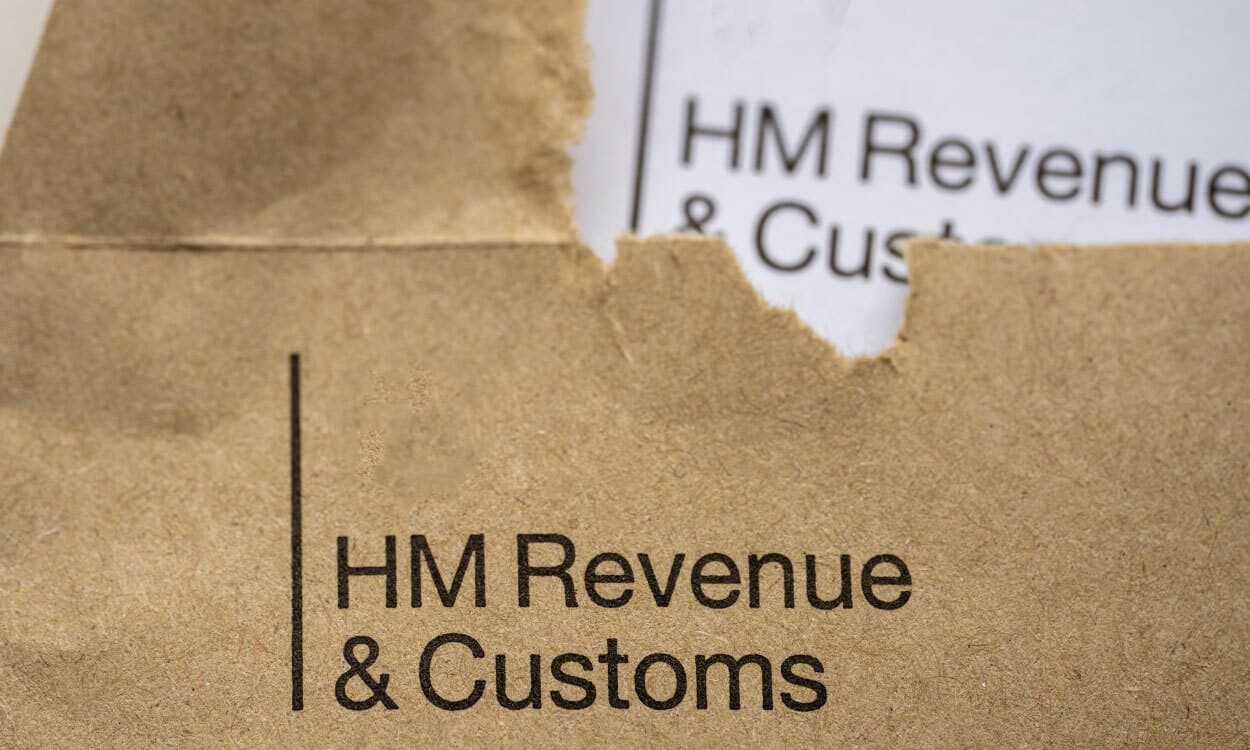

16 Apr 2025
Is a UTR Number the same as a CIS Number?
When you first step into the UK construction industry as a self-employed contractor or subcontractor, the paperwork, documentation and jargon can be overwhelming. However, you must understand that failure to properly comply with the tax scheme can be costly.
At Contractwise, we’ve spent many years helping people navigate CIS, providing a payroll audit service that protects contractors and subcontractors and prevents your employees from being at risk of HMRC reclassification.
We help people understand all areas of CIS. One of the most common areas of confusion relates to understanding the difference between a UTR number and a CIS number. The terms are often used interchangeably, but do they mean the same thing?
In this article, we’ll help you remain CIS compliant by explaining the difference.
Read on for more…
Is a CIS number the same as UTR?
No, a CIS number is not the same as a UTR number. However, it is easy to see why people get confused.
In practice, what people refer to as a ‘CIS number’ is actually your Unique Taxpayer Reference (UTR). There is no separate ‘CIS number’ issued by HMRC. Instead, your UTR is the number used to identify you within the Construction Industry Scheme.
So, while it is not uncommon to hear people talking about a ‘CIS number’, remember that what they really mean is your UTR.
What is a CIS number?
Technically speaking, there is no such thing as a CIS number. The term ‘CIS number’ is often incorrectly used when referring to the number used to register and track your tax status under the Construction Industry Scheme, which is your UTR.
CIS was created in the 1970s and previously did have a CIS number, but since the scheme was reformed in 2007, this number no longer exists. When a contractor asks you for your ‘CIS number’, they’re asking for confirmation that you are registered under CIS with HMRC, and you should provide them with your UTR.
This registration allows contractors to deduct tax at the lower rate of 20% rather than 30% for subcontractors who are not registered. So while you may hear the term ‘CIS number’ get thrown around, it’s important to understand that it is your UTR you need to use.
What is a UTR number?
A Unique Taxpayer Reference number (UTR) is a 10-digit number that is assigned to you by HMRC when you register for self-assessment or self-employed status. It is your personal tax ID and is attached to you throughout your working life. Even if you stop and start self-employed work multiple times, you’ll always have the same UTR.
Your UTR is essential if you want to:
File a self-assessment tax return
Register with the Construction Industry Scheme (CIS)
Claim tax refunds or expenses
Be paid properly by contractors
Avoid overpaying tax (pay 20% instead of 30%)
Without a UTR, you simply can’t operate legally as a self-employed individual in the construction sector.
How to get a UTR number for CIS?
Getting your UTR and registering for CIS is easier than you may think. Contractwise can help you with the process, but here’s a step-by-step breakdown:
Register for self-assessment with HMRC
Visit the HMRC website and sign up as self-employed. You’ll need to provide:
Your full name and address
National Insurance number
Date of birth
Contact details
Type of work you do
Receive your UTR
After registration, HMRC will send you your UTR by post within seven to ten working days. It’ll also appear in your HMRC online account if you’ve signed up.
Register for CIS
Once you have your UTR, it’s time to register for the Construction Industry Scheme. You can do this online or by calling the HMRC CIS helpline. Once registered, HMRC will be aware that your UTR should be taxed under CIS rules.
Start working
Once registered, your contractor can verify you using your UTR and deduct the correct tax rate (20% instead of 30%).
Is a UTR number essential?
Yes, having a UTR number is completely essential. Without a UTR:
You can’t be paid properly under the Construction Industry Scheme
You’ll face 30% deductions instead of 20%
You can’t claim expenses or tax rebates
You can’t legally file a self-assessment tax return
Put simply, no UTR means you will not have a smooth income flow for your work and may even be working illegally. Even if you’re brand new to self-employment, getting your UTR should always be one of your first priorities.
How can I find a lost UTR number?
If you’ve misplaced your UTR number, don’t worry, it can be recovered.
There are a few places you should check:
HMRC letters: Your UTR will be on your self-assessment welcome letter, tax return notices or payment reminders.
HMRC online account: Log in to your personal tax account and look under the self-assessment section.
Call HMRC: Call the HMRC helpline directly. Be ready with personal details like your National Insurance number and full address for verification.
Once recovered, make sure to store your UTR securely. Your UTR is your tax identity and is often necessary
Why choose Contractwise?
At Contractwise, we specialise in supporting self-employed professionals across the construction industry. We understand the pressures you face and use our experience to make payments flow smoothly without running the risk of falling foul of the CIS rules.
Some of the ways we help include:
Protection against costly employee reclassification
Guarantees that payroll is made on time
Zero risk of employment tribunals
Expert support and advice on all aspects of CIS
Whether you have a single subcontractor or work as a large-scale company with a sizeable workforce, we’re always here to help.
To summarise, a CIS and UTR number are not the same thing but are closely linked. Having a UTR is absolutely essential for being registered with CIS, and at Contractwise, we’re here to provide you with advice and guidance on all aspects of CIS. To find out more about what we do, contact our team today.